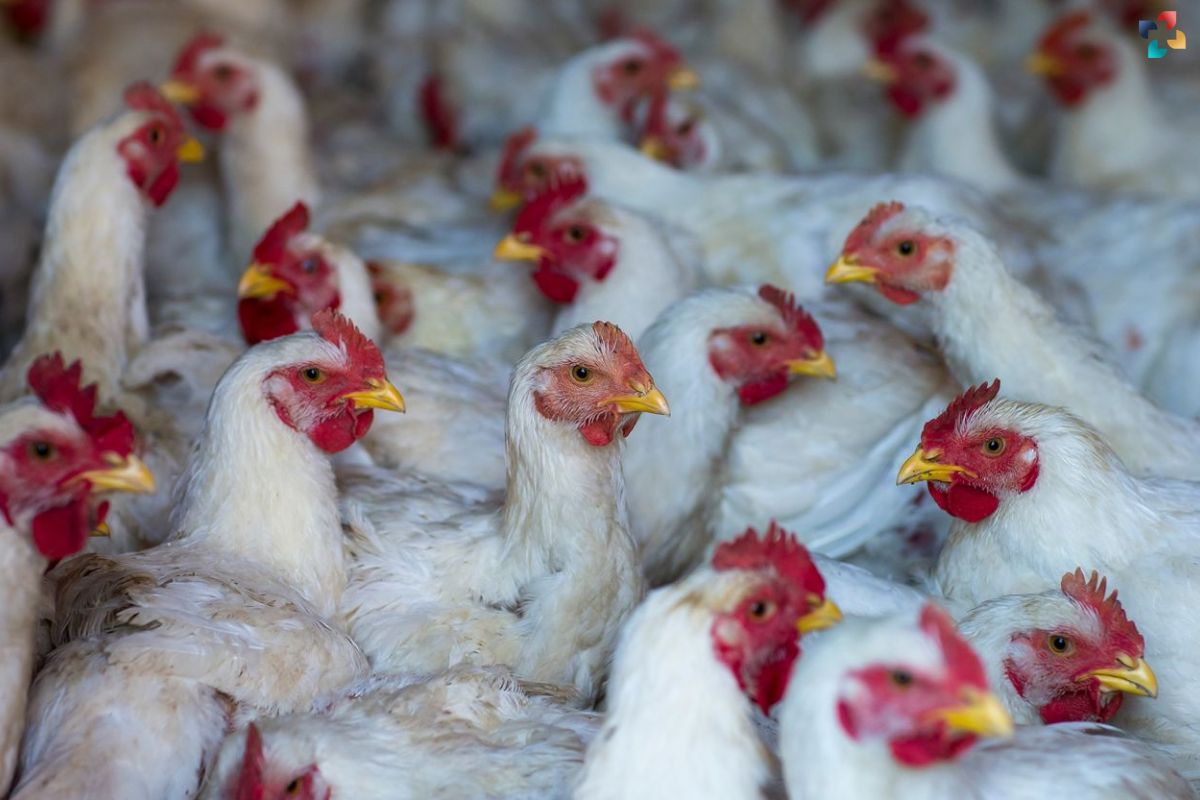Federal authorities have advised the public to remain vigilant but calm in response to the ongoing bird flu outbreak of highly pathogenic avian influenza, commonly known as bird flu. In a recent briefing with reporters, Dr. Nirav Shah, principal deputy director of the Centers for Disease Control and Prevention (CDC), emphasized the importance of understanding the situation in context. As of the latest reports released on Thursday, the bird flu outbreak has affected over 90 farms across 12 states since late last year. This includes infections in cattle, with three reported cases of humans contracting the disease from infected animals.
The CDC and other health agencies stressed that the risk remains primarily confined to farm workers who have direct contact with infected animals. The virus is not currently believed to pose a significant threat to the general public, as it does not transmit easily from person to person. However, authorities cautioned that as the virus continues to spread among animals, the potential for it to mutate into a form that could spread more widely among humans increases.
Mitigation Efforts and Challenges Ahead
Efforts to contain the bird flu outbreak have focused on applying lessons learned from managing similar outbreaks among poultry farms. Dr. Raj Panjabi, former White House Senior Director for global health security and biodefense, highlighted the importance of adapting strategies to dairy farms where the virus has now been detected. Federal agencies have adopted a proactive approach dubbed “defend the flock” in poultry farms, aimed at preventing widespread transmission. Now, similar measures are being advocated for dairy farms under the motto “gird the herd.”
The initial confirmation of the virus on a Texas dairy farm in March has prompted investigations into its origin and spread. Officials suspect that the virus may have been transmitted between farms through various means, including contaminated clothing worn by workers who move between multiple dairy farms and poultry facilities. Vehicles used for farm operations, such as trucks and equipment, could also have facilitated the spread of the virus through contaminated tires.
A significant link in the spread has been identified through a milk cooperative that services over 90% of the affected dairy farms. This interconnectedness has posed challenges for containment efforts, as infected cows were transported between farms via shared infrastructure and services.
Future Outlook and Public Health Recommendations
Looking ahead, health officials are urging farmers and the public to adhere strictly to biosecurity measures to prevent further spread of the virus. These measures include enhanced hygiene protocols, restricting access to farms, and regular monitoring of both livestock and farm personnel for signs of illness. The federal government has also established programs to provide financial support to affected farms that comply with these public health guidelines.
While the situation remains serious for the agricultural sector, there is cautious optimism that with diligent implementation of biosecurity measures, the bird flu outbreak can be contained. However, authorities underscored the need for ongoing vigilance and preparedness, as the evolving nature of the virus means that new challenges could arise.
In conclusion, while the current bird flu outbreak among U.S. cattle is concerning, federal agencies are working in close collaboration with farmers and local authorities to mitigate its impact. By remaining vigilant and implementing stringent biosecurity measures, stakeholders aim to safeguard public health and prevent further spread of the virus within the agricultural community.
Also Read: Bird Flu Outbreak Spreads in West Michigan Dairy Herds







